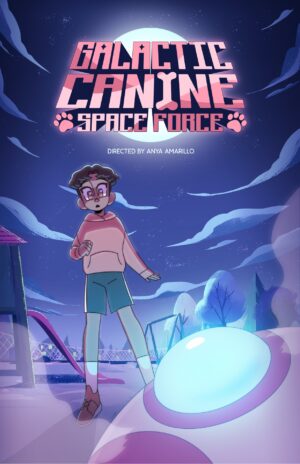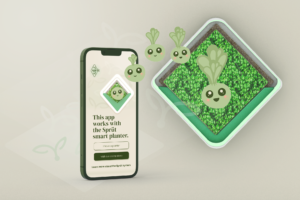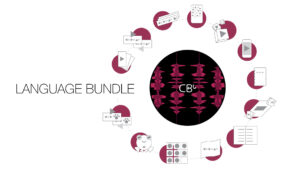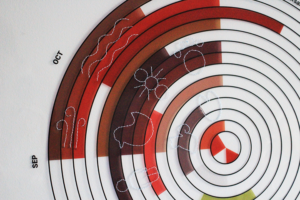Making Matters: Addressing the inherent turbulence of being a designer
Monserrat Palencia
Abstract
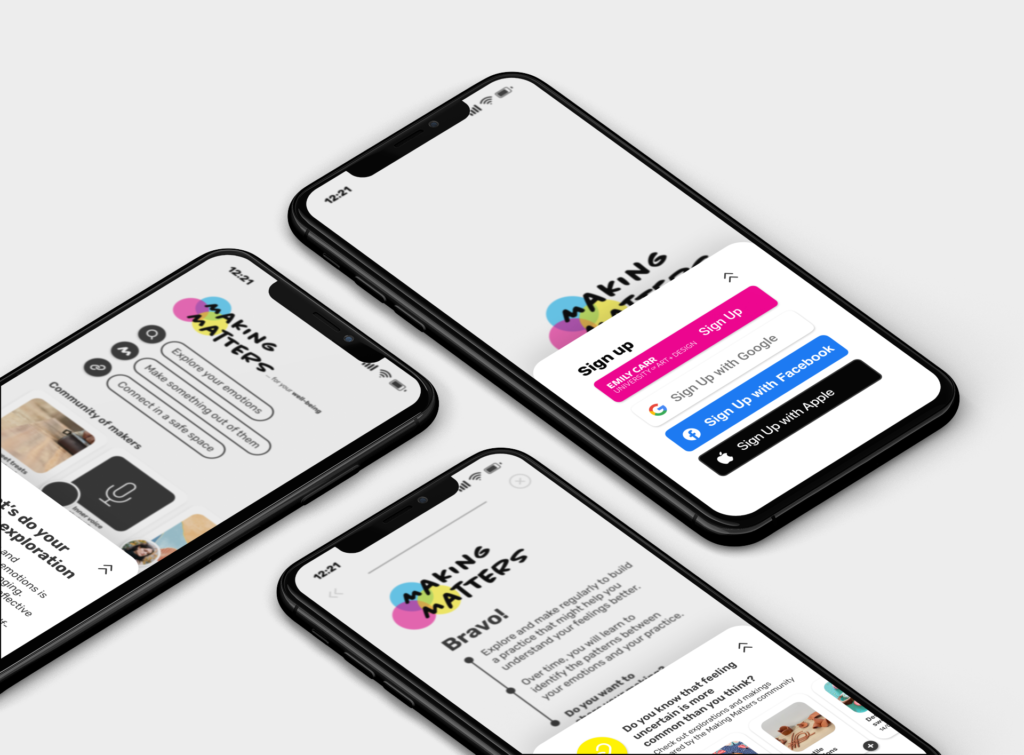
Design master students often focus on delivering creative, resourceful and unique ideas on the design problems at hand while encountering periods of uncertainty, such as dealing with stress, anxiety and depression. Additionally, some design practices do not propose to pause and wonder what will happen if students take time to explore and comprehend their emotions, as recognizing and understanding emotions is sometimes challenging. However, pursuing reflective practices could foster students’ confidence, facilitating self-expression and creativity. To explore this area, I conducted an immersive, exploratory action-research dialogue that questioned how design master students could nourish their emotional well-being under periods of uncertainty. The findings indicate that bringing emotions to a tactile form enables students to experience a sense of well-being and cultivate confidence.
Keywords
Emotion
A complex reaction pattern involves experiential, behavioural, and physiological elements by which individual attempts to deal with a personally significant matter or event. (American Psychological Association,
n.d.)
Well-being
Presence of positive emotions and moods (e.g., contentment, happiness), the absence of negative emotions (e.g., depression, anxiety), satisfaction with
life, fulfillment and positive functioning. (Milman et al.,2020)
Confidence
An emotion of assured expectation representing positive encouragement to action that facilitates self-expression and creativity. (Sas et al., 2010)
What is the problem?
Numerous students in higher education are experiencing depression and anxiety. The problem keeps growing as different anxiety symptoms emerge during and after Covid-19.(Price, 2022) Design students can struggle with mental health challenges due to the isolating nature of research and, even more, the pressure to produce creative work. As Ulibarri (2014) says, some students are lonely but, at the same time, too busy to create meaningful and supportive social structures.

Discourse and development of ideas
It has been noted that the mental health needs of graduate students are high and that insufficient attention has been paid to their mental happiness (Hyun et al., 2006). For this reason, exploring alternatives to enhance emotional well-being became the research discourse. Designing situations where design students might face uncertainty serves as an exploration to identify how uncertainty might trigger one’s emotional state.
Action # 1
Conveys that non-verbal communication, like photos and videos, might help others situate themselves within a space of empathy.
Action # 2
Communicates that making without the rigidity of following a design brief enables the designer to focus on enjoying the making rather than just doing it.
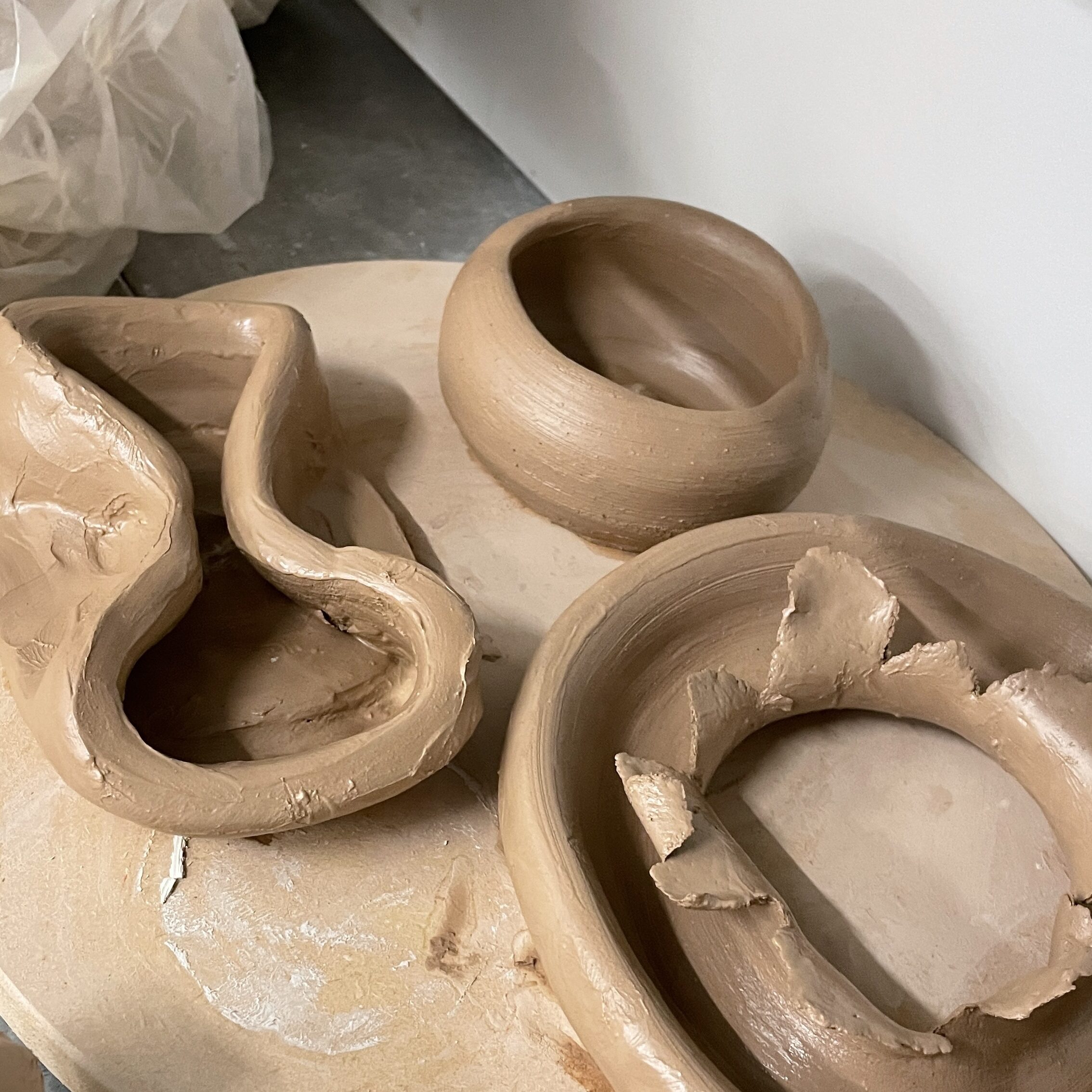
Action # 3
Articulates the importance of building
connections within a group with similar experiences.
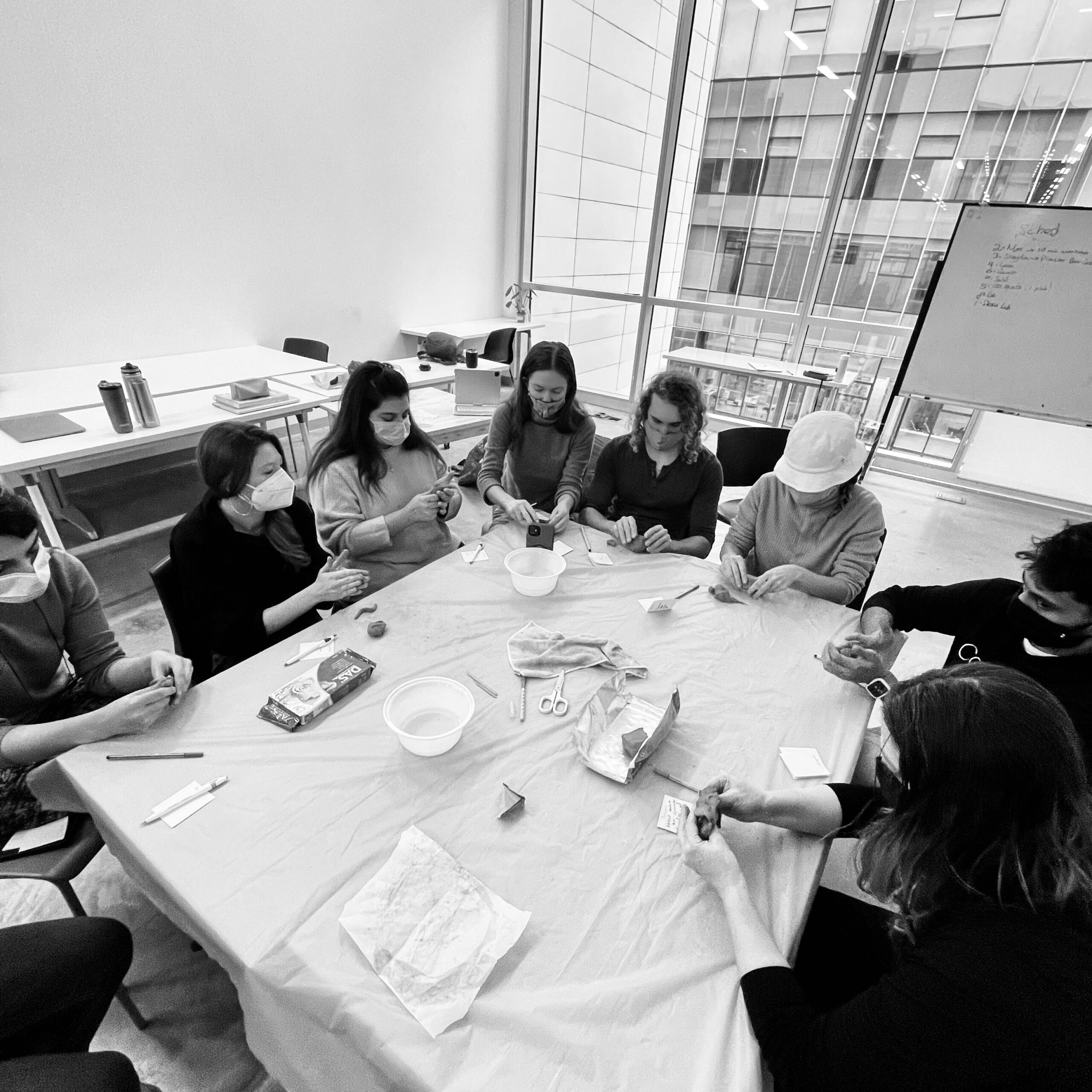
Action # 4
Frames the essence of bringing emotions into a tactile form as it helps process the feelings encountered.
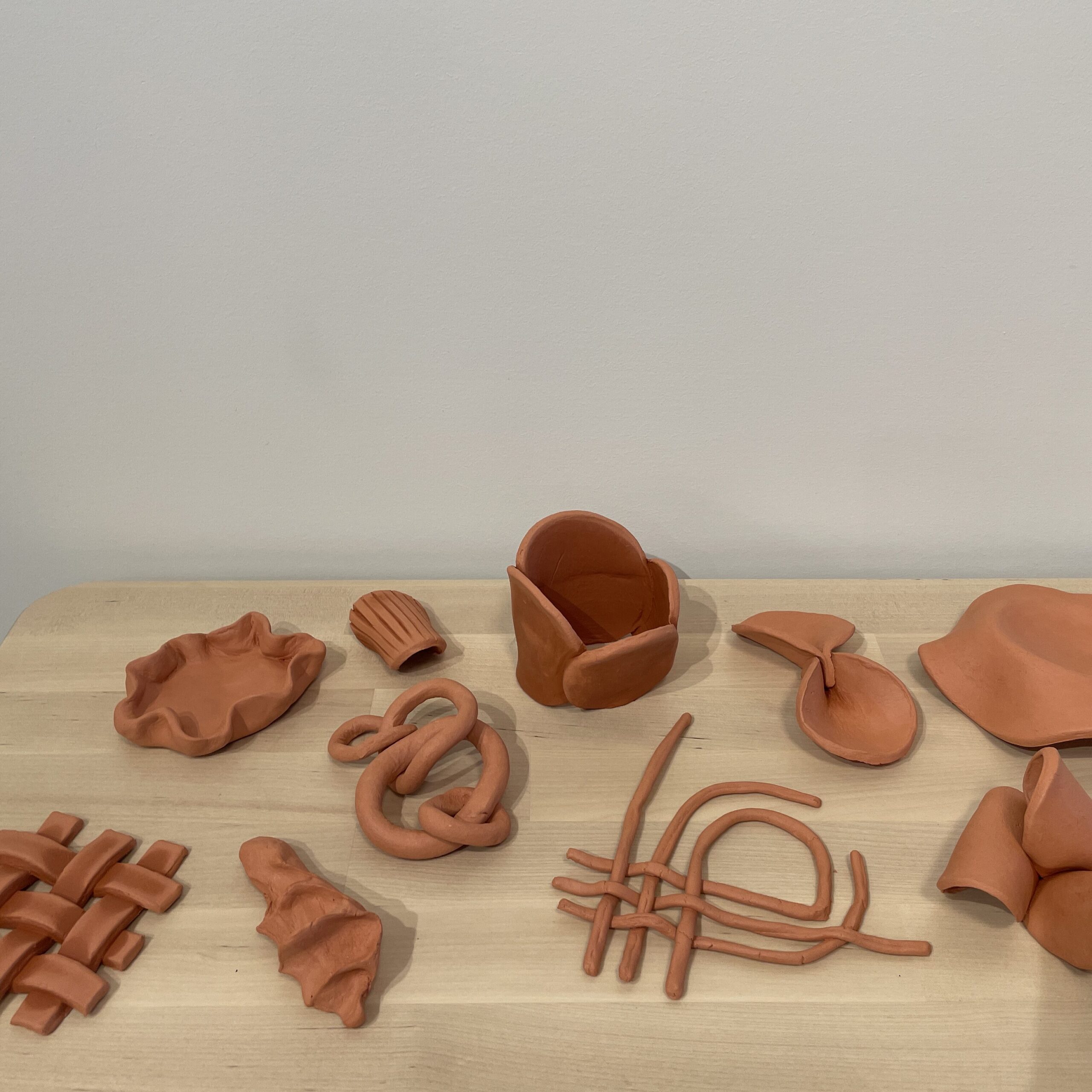
Design outcome:
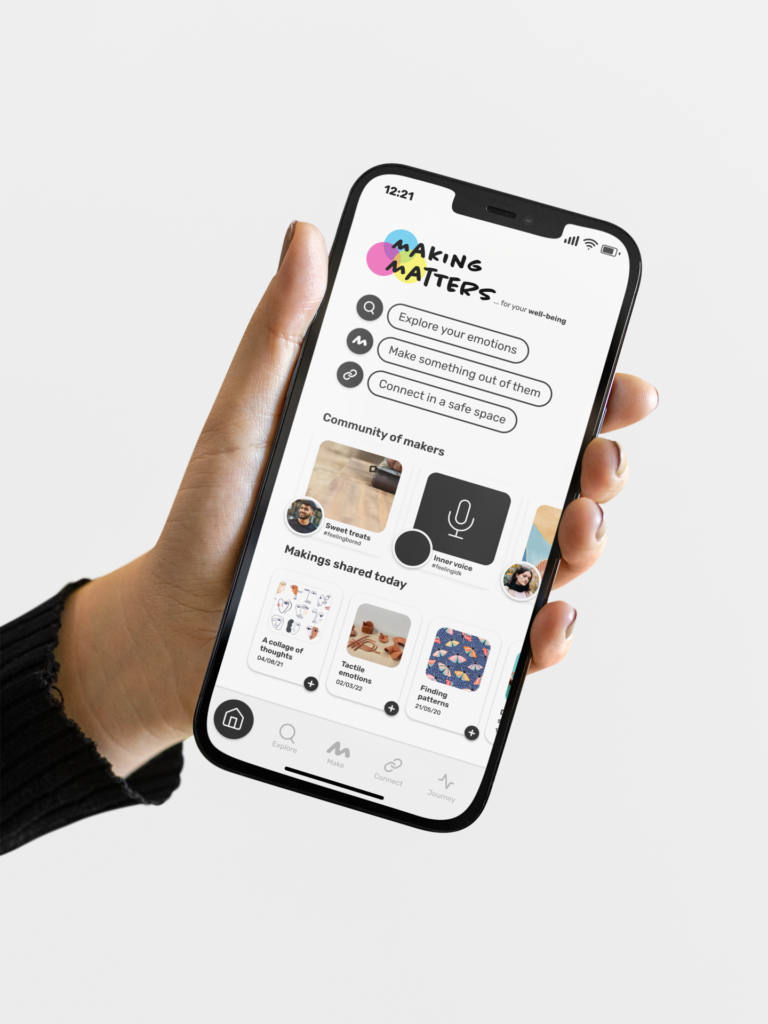
Making Matters App
A digital space or a tool to encounter the world as a designer/researcher. Its main principle is to offer a way for students to acknowledge that uncertainty is inevitably part of being a designer and a way of knowing. Therefore, the Making Matter App is a tool to promote that uncertainty is part of the generative process of creating possibilities and by acknowledging that it is a way to step into unknowable futures, as Pink, Sarah, et al. (2018) pointed out.
Interactive prototype
Reflection
Making Matters App will be a university-focused community app. This way, the app can have a more significant impact as it also fosters face-to-face belonging within already available spaces dedicated to students’ mental health and well-being. The universities can offer a digital space where new students can navigate through an archive of past and present students that shared their makings within their journeys as becoming creative practitioners.

